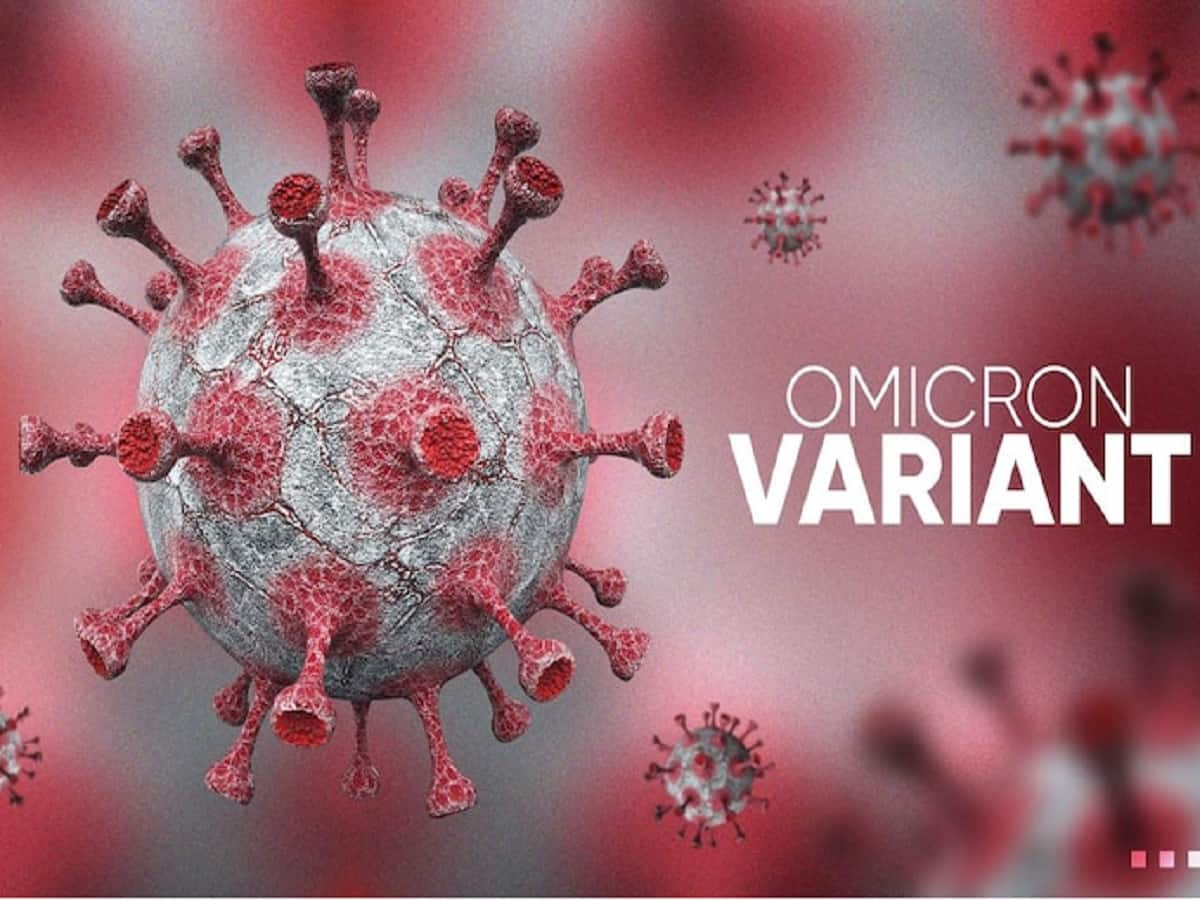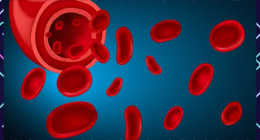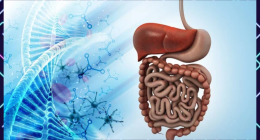Experts have discovered a new ‘Machine Learning Technology’ that can detect or help in diagnosing Alzheimer disease at its early stages.
Machine learning technology has the potential to scan the structural features within the brain and detect Alzheimer in people. The technology can reach the unreachable areas of the brain which have not been associated with Alzheimer’s disease. AD can rarely be detected at an early stage and even difficult to diagnose but experts say that this technique will be able to spot the disease. This was never possible before.
The current methods that doctors use to detect and diagnose patients are a very lengthy one. It takes weeks to arrange and execute the whole process. They conduct memory and cognitive tests and brain scans. The scans are supposed to check the brain for protein deposits and shrinkage of hippocampus. Hippocampus is the region of the brain that is linked to memory. Shrinkage of the hippocampus would show symptoms of memory loss in a patient. These tests are effective but time consuming. However, the new technique takes half the time of the current one.
A Faster Diagnosis Route
It includes a magnetic resonance imaging (MRI) scan that is taken on a 1.5 Tesla machine. Researchers have derived this technique from the algorithm developed to detect and classify cancer tumors. That is now being used to detect Alzheimer in the brain. After several experiments this technique has been termed as successful. In almost 98 per cent of the cases, this technique was successful in detecting whether a person had Alzheimer or not. It was also able to distinguish between the stages of the disease.
Revealing New Aspects Of Alzheimer’s
The discovery of this technique has also opened up new aspects of Alzheimer’s disease that are ought to be researched on. It spotted changes in some areas of the brain, especially the parts which were previously not associated with the condition. It includes the cerebellum and the ventral diencephalon. The cerebellum is linked with physical activities and the diencephalon is linked with our senses, sight and hearing.
Checking The Progression Of Alzheimer’s
The same machine learning technique can be used to track the progression of the disease after it has been detected. It detects whether patients in the early stages of Alzheimer develop Alzheimer disease dementia or whether they remain stable. The techniques used to detect the progression of the disease are MRI scans, positron emission tomography (PET) data and magneto encephalography. Usually patients are diagnosed with AD after the disease has manifested. Symptoms of dementia will show in patients who have AD.
Also Read: Gallbladder Stones: 5 Foods To Avoid After Operation









